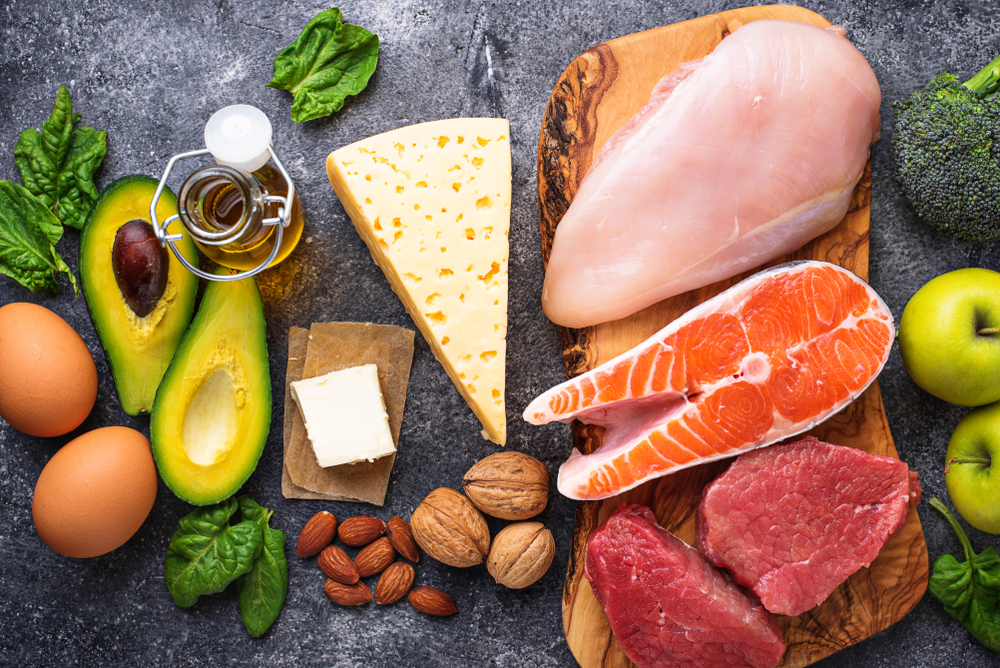A Comprehensive Overview of the Atkins Dietary Approach
Explore the fundamentals of the Atkins diet, a low-carb eating plan designed for effective weight loss and health improvement. Learn about its four phases, food guidelines, and recent research supporting its safety and benefits. Understand how reducing carbs and increasing healthy fats and proteins can help manage weight and health markers. This comprehensive overview offers practical tips for adopting the diet safely and effectively for sustainable results.
The Fundamentals of the Atkins Diet
The Atkins diet is a widely adopted low-carbohydrate regimen designed to facilitate weight reduction. It emphasizes high-protein foods and healthy fats while drastically reducing carbohydrate consumption. Created by Dr. Robert C. Atkins in 1972, this diet has gained global popularity and is often compared with other low-carb strategies. Many users find it effective for weight loss and improving health indicators such as cholesterol and blood sugar levels. Although initially criticized for its saturated fat content, emerging studies indicate that saturated fats may not be as harmful as once believed, and the diet may provide health benefits for certain individuals.

The diet's emphasis on high-fat food consumption faced skepticism from health officials due to concerns over saturated fats. However, recent research suggests these fats might not carry as many risks as once feared. Many followers report improvements in cholesterol and blood glucose after adopting the Atkins method. Despite its high fat content, most people do not experience significant increases in deleterious LDL cholesterol, though some may see a slight rise. The diet’s success is primarily due to appetite suppression achieved by reducing carbs and increasing protein intake.
The Atkins plan is divided into four phases, each designed to gently guide your body through weight loss and maintenance. Understanding these stages helps ensure effective adherence and sustainable results.
Phase 1 – Induction
Usually lasting around two weeks, this stage limits daily carbs to fewer than 20 grams, focusing on high-fat, high-protein foods, and low-carb vegetables like greens.
Phase 2 – Balancing
Once induction is complete, gradually introduce nuts, more vegetables, and small amounts of fruit to determine your personal carbohydrate tolerance.
Phase 3 – Fine-tuning
As you approach your target weight, slightly increase your carbohydrate intake to slow weight loss and attain stability.
Phase 4 – Maintenance
In this final phase, enjoy healthy carbs safely while maintaining your weight, fostering lasting eating habits.
Although the phased approach may seem intricate to newcomers, it offers enough flexibility to tailor the diet according to individual needs. Avoid foods like sugar, trans fats, grains, legumes, high-carb vegetables and fruits, processed low-fat products, and diet foods. Instead, prioritize healthy fats, nuts, seeds, full-fat dairy, eggs, non-starchy vegetables, fatty fish, seafood, and meats.
Disclaimer: Our blog aims to provide useful information, but should not replace professional medical advice. Readers should consult healthcare providers before making significant dietary changes. We are not responsible for any inaccuracies or discrepancies in the information provided.

